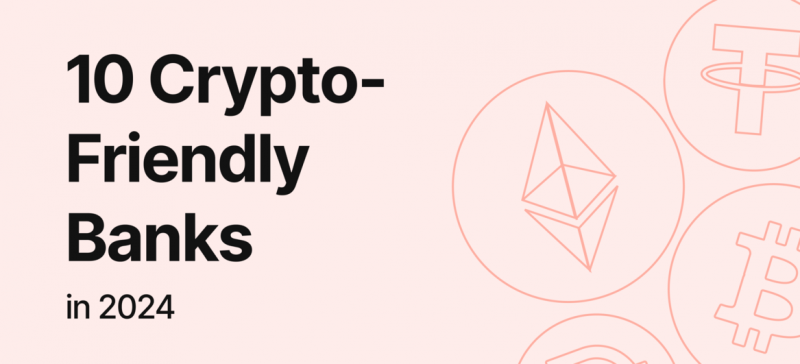Using loyalty and crypto-based reward schemes has long been a conventional approach for organisations to encourage users’ loyalty and drive repeat business in the crypto niche. Nonetheless, these programs have undergone significant advancements in recent years, with payment integration emerging as a pivotal element.
By understanding and utilising these improvements, organisations may develop compelling and successful loyalty campaigns that improve client retention and revenue generation.
Thanks to distributed ledger technology, businesses can now customise their programs to match their client’s specific needs and tastes, from personalised discounts to loyalty tokens.
This article will shed light on Web3 and crypto rewards programs and their purpose. You will also learn about what types of crypto rewards programs there are and what advantages they have. At the end of the article, you will find a discussion about crypto rewards programs’ future prospects and development directions.
Key Takeaways
- The Crypto reward program is a set of activities aimed at rewarding users for performing a targeted action within crypto trading.
- Blockchain-based bonus programs exist in the form of crypto rebates, cashback, staking, airdrops and more, designed to pay a certain amount to the user.
- Thanks to crypto reward programs, it becomes possible to get better acquainted with the mechanism of blockchain systems, improve interaction with customers, and increase the overall company reputation.
What is the Crypto Rewards Program, and What is Its Purpose?
Crypto rewards are given to users as incentives for engaging in cryptocurrency-related activities. These rewards have several objectives, including motivating user involvement, endorsing platforms, and educating the public about crypto assets.
They can originate from diverse sources such as crypto exchanges, staking programs, and educational platforms that offer “learn and earn” initiatives to educate individuals about cryptocurrencies.
Crypto recompense in loyalty campaigns can be seen as a form of crypto cash-backs, where users are offered compensation in crypto instead of classic currency.
These rewards are integrated into loyalty initiatives, allowing clients to relish advantages across various services and wares simultaneously. The underlying principle behind crypto loyalty rewards is decentralisation, aligning with the nature of digital coins.
Using smart contracts on a blockchain-rewards network, brands, sellers, managers, and system administrators can easily collaborate and participate in these programs. This not only saves brands costs but also allows them to offer unprecedented scale of crypto cash-backs.

The convergence of crypto technology and loyalty bonuses has given rise to blockchain loyalty systems, programmes, and projects, revolutionising the recognition and bonus system for traders and investors of all types involved in trading crypto instruments.
Unlike traditional loyalty schemes that restrict users to particular brands, these programmes leverage the transparency of public ledger technology to offer users cryptocurrency tokens as rewards. These tokens hold tangible value and can be utilised across various industries and applications, irrespective of their type, origin, or intended use.
Crypto bonus programs are based on classic methods and techniques of rewarding users with modern ways of earning money within crypto activities.
What Do Crypto Loyalty Initiatives Offer to Customers?
Today, most crypto organisations, including brokers and exchanges, as well as projects implementing software products based on blockchain technology, have an advanced system of crypto bonuses and user incentives based on various activities and taking into account a number of important aspects and nuances of the target audience’s behaviour. Among the main offers that are part of most crypto loyalty programmes are the following:
DeFi Rewards
DeFi rewards are incentives that can be obtained by engaging in peer-to-peer financial activities facilitated by decentralised applications (DApps).
One common method of earning DeFi rewards is through lending. Earning interest on the transaction is possible by lending cryptocurrency to borrowers. It acts as a mini-bank, lending crypto assets and receiving interest in return.
This earning opportunity operates on decentralised lending platforms, allowing one to fund individual loans or pool assets with other lenders to mitigate risk.
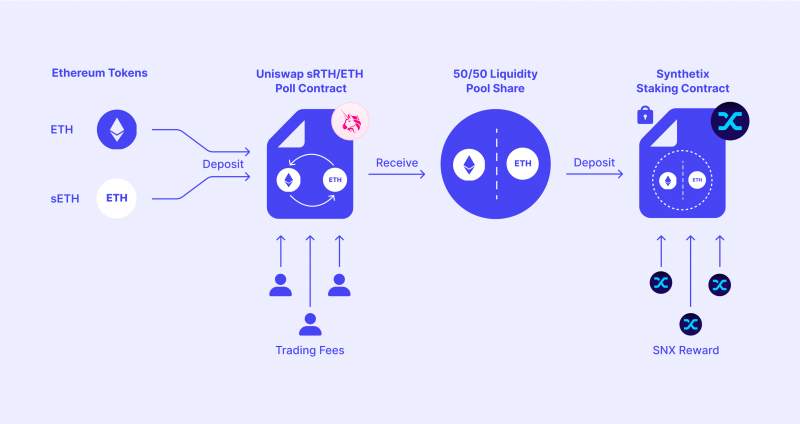
Another aspect of DeFi rewards is yield farming or liquidity mining. This involves providing liquidity to a decentralised exchange (DEX) and receiving fees or additional tokens as a reward. Yield farming is a more complex strategy that typically requires providing both sides of a trading pair (ETH and USDC) to a liquidity pool.
By participating in yield farming, individuals can get compensation for contributing to the liquidity and efficiency of the decentralised exchange ecosystem.
Crypto Cashback
Crypto cashback is an incentive program that grants users a small quantity of crypto money as an added benefit when they make purchases. It operates similarly to conventional credit card cashback, utilising the most reliable crypto credit cards or payment platforms to settle payments for products and services.
Instead of receiving points or traditional currency as a reward, individuals receive a percentage of their expenditure through crypto coins like Bitcoin, Ethereum, or other altcoins.
This cryptocurrency reward is typically deposited into a digital wallet, gradually contributing to the accumulation of more cryptocurrency without the need to purchase it directly.
The cashback rate can vary depending on the platform and sometimes the type of purchase, such as groceries, gas, or dining out. By participating in a crypto cashback program, users can enjoy the strengths of earning crypto while engaging in regular spending habits.
Crypto Airdrops
Crypto airdrops are a promotional strategy developers employ to distribute a specific amount of free tokens or coins to holders of a particular cryptocurrency.
The primary objective of these airdrops is to engage potential users within their ecosystem, thereby raising awareness and encouraging trading activity for a newly launched cryptocurrency.
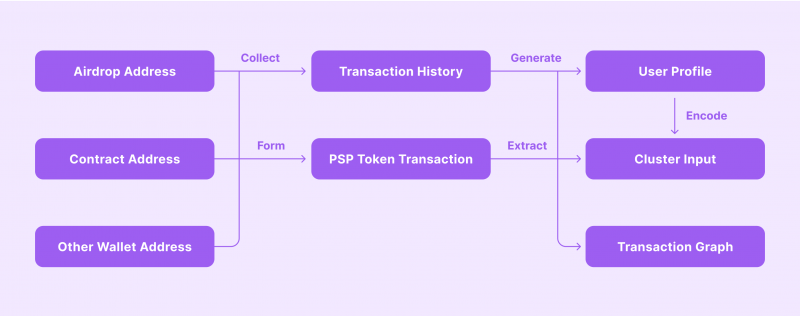
Participating in an airdropping crypto event usually requires holding a minimum quantity of a designated cryptocurrency in a digital wallet. Alternatively, according to airdrop requirements, individuals may be asked to complete specific tasks, such as creating an account on the project’s platform.
Participants must often follow the project’s official social media accounts or share promotional content. Once the free crypto airdrop is executed, the tokens are automatically distributed and appear in the participant’s wallet, provided they meet the predetermined criteria.
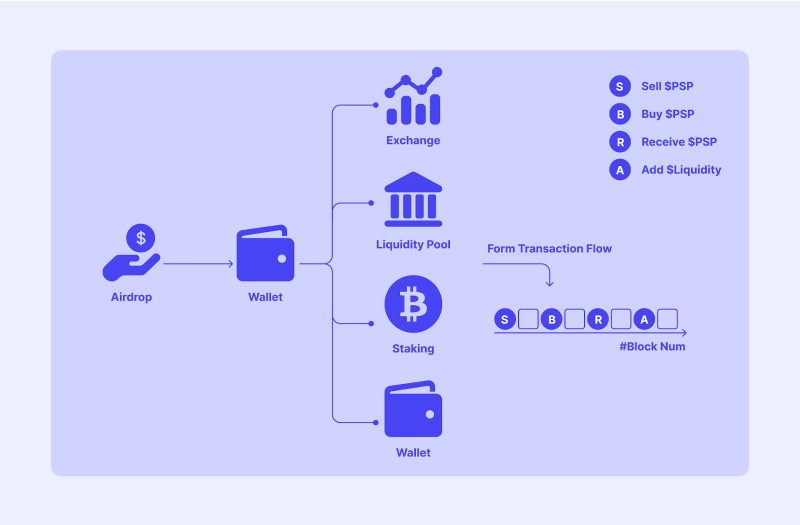
It is important to note that while airdrops can be an attractive means of accumulating additional crypto assets, they have risks and considerations. Not all airdrops are legitimate, and there is a possibility of encountering scams that aim to gather personal information.
Furthermore, even if the tokens are successfully airdropped, their long-term value is not guaranteed. Therefore, individuals should exercise caution and conduct thorough research before participating in any airdrop campaign.
Crypto Faucets
Crypto faucets are platforms or applications that offer users small quantities of cryptocurrency at no cost. Individuals are rewarded with these virtual assets in return for completing uncomplicated tasks like captcha tests. The primary purpose of these faucets is to encourage user participation and enhance their understanding of a specific cryptocurrency.
Typically, crypto faucets obtain funding through advertisements and sponsorships. Alternatively, they may have affiliations with larger crypto exchanges or platforms that utilise faucets for marketing. Although the rewards obtained from a single faucet may appear insignificant, some users gradually take advantage of multiple faucets to accumulate more substantial cryptocurrency.
Staking
Staking is a method of gaining rewards in crypto by holding specific virtual coins in a digital wallet. By staking coins, they are temporarily locked for contributing to the network’s operations and validating transactions. As a result, users receive additional tokens as rewards over time.
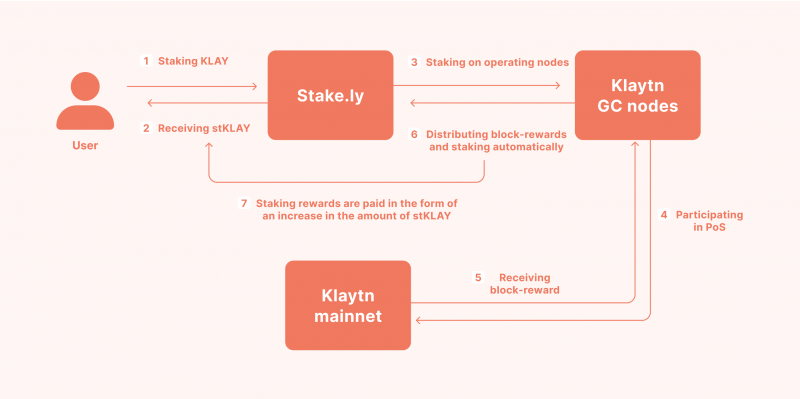
This practice is particularly prevalent in systems utilising a proof-of-stake (PoS) protocol. Under this approach, the likelihood of being selected to validate transactions is directly proportional to the number of coins a participant holds. This incentivises individuals to stake more coins, supporting the network and increasing their potential earnings.
Crypto Rebates
Certain crypto platforms or exchanges provide crypto rebates as cashback or rewards programs. These rebates allow users to receive a percentage of their transaction fees or trading fees in the form of cryptos. Individuals can earn passive income or lower their overall trading costs by participating in these programs.
The Selling Points of Crypto Rewards Programs
The landscape of digital payments has been completely transformed by the advent of crypto assets, reshaping our understanding and involvement in this realm. Beyond their potential as an alternative medium of exchange, crypto coins have paved the way for groundbreaking loyalty and reward schemes.
Unlike classical loyalty schemes, those based on cryptos offer unparalleled advantages, particularly as the value of these digital currencies continues to rise.
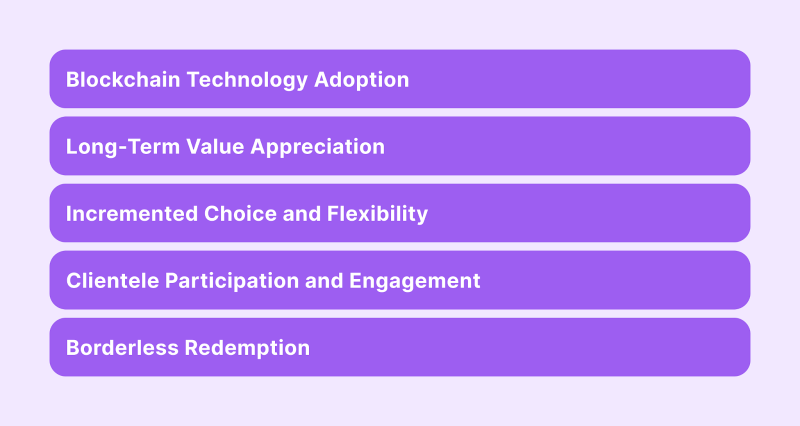
1. Blockchain Technology Adoption
Loyalty and reward programs in the crypto industry harness the potential of distributed ledger technology to guarantee transparency, security, and immutability. Through the utilisation of blockchain, these programs deliver clients a verifiable log of their rewards, ensuring that the rewards are genuine, traceable, and resistant to tampering.
Additionally, blockchain technology empowers loyalty program providers with the ability to incorporate smart contracts, which automate the distribution of rewards based on predetermined rules.
This automation simplifies the reward process, minimising administrative burdens and granting customers immediate access to their well-deserved rewards.
2. Long-Term Value Appreciation
Crypto-based loyalty and reward programs offer a distinct advantage regarding long-term value appreciation. Unlike traditional cashback programs, where customers receive a fixed percentage of their purchase amount back in cash, crypto rewards are issued as digital assets.
These digital assets have the potential to increase in value over time, enabling customers to participate actively in the growth of the cryptocurrency market.
With the increasing acceptance and rising value of crypto instruments, clients can reap the benefits of holding and accumulating crypto rewards. This unique aspect adds an intriguing dimension to loyalty campaigns, as customers can witness their rewards grow in value.
This is an additional incentive for users to engage with the program actively, fostering a mutually beneficial relationship between the program and its participants.
3. Incremented Choice and Flexibility
Loyalty programs backed by cryptocurrencies provide customers with more flexibility and options than conventional cashback programs. Customers can receive rewards from distinct cryptos instead of being restricted to receiving cash rewards.
This opens up avenues for individuals to diversify their digital assets, actively participate in various blockchain ecosystems, and explore the potential of emerging cryptos.
Customers can align their rewards with their investment strategies or personal preferences by offering a selection of cryptocurrencies. This increased flexibility fosters a deeper level of engagement and loyalty, as customers can personalise rewards based on their unique goals and interests.
This innovative approach enhances the overall client experience and encourages individuals to actively explore and embrace the opportunities presented by the world of cryptocurrencies.
4. Clientele Participation and Engagement
Cryptocurrency loyalty programs can cultivate a strong community and encourage active user involvement. Those passionate about cryptocurrencies are particularly drawn to loyalty programs connected to payments, as they align with their interest in the crypto ecosystem.
These programs provide customers with various opportunities to participate in discussions, earn extra rewards through referrals or social media engagement, and contribute to the overall growth and development of the program.
5. Borderless Redemption
Redemption’s borderless and seamless nature is another advantage of these reward programs. Unlike traditional cashback programs that often have complicated redemption processes, such as minimum thresholds, usage limitations, and expiry dates, crypto rewards can be easily redeemed and utilised worldwide. This means that customers can enjoy a seamless experience regardless of their location.
Digital assets go beyond geographical boundaries and provide a universal medium of exchange. With crypto compensation, customers can redeem them for various services and wares or convert them into different crypto coins.
This borderless redemption feature enhances the convenience and utility of loyalty programs and contributes to client satisfaction and loyalty.
Future Prospects of Crypto Rewards Programs
Blockchain-based loyalty programs have become a powerful tool for business development, increasing the customer base and improving marketing campaigns to promote the company’s products and services.
At the same time, such programs have great potential for practical application, which can be implemented to achieve the following results in the future:
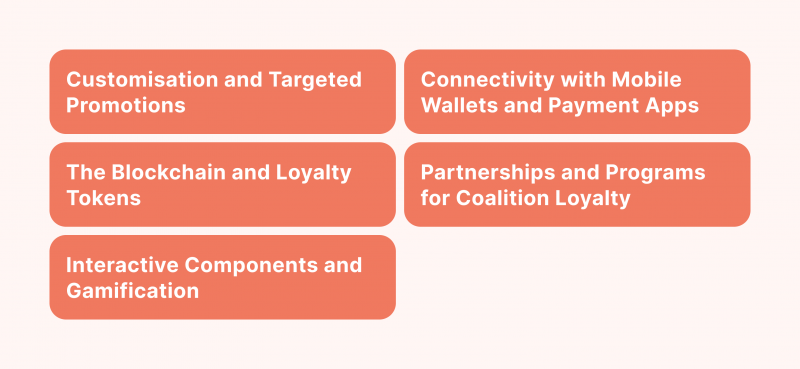
Customisation and Targeted Promotions
The implementation of personalisation in loyalty programs has emerged as a significant advancement. By leveraging user insights and data analytics, businesses can create tailored offers catering to individual preferences and purchasing behaviours.
This enables companies to gain a deeper comprehension of their client’s buying habits and allows for the customisation of rewards by integrating payment data into loyalty programs.
For example, personalised offers can be designed based on past transactions, such as incentivising loyal customers or enticing them to explore new products or services. Moreover, businesses can also offer rewards specifically linked to preferred payment forms, encouraging customers to utilise their preferred payment option.
This is made possible by using payment data to identify their customers’ preferred payment forms. Businesses can enhance user satisfaction and strengthen loyalty campaigns through these personalised approaches.
The Blockchain and Loyalty Tokens
By leveraging blockchain’s decentralised and immutable nature, businesses can establish loyalty tokens or digital assets within their ecosystem. These tokens can be easily exchanged or redeemed, giving customers a more adaptable and flexible rewards system.
Loyalty tokens offer customers various advantages, making the crypto rewards program more enticing and user-friendly. Through various payment processes, customers can acquire these tokens and utilise them for discounts, exclusive merchandise, or even gain access to special events.
The blockchain integration assures token transaction security and transparency, preventing fraudulent activities or unauthorised alterations.
Interactive Components and Gamification
Gamification has become increasingly popular as a way to inject fun and engagement into loyalty programs. By incorporating game-like elements such as point accumulation, challenges, and leaderboards, businesses can foster excitement and friendly competition among their customers. This adds a sense of enjoyment to the programs and encourages regular participation.
In gamified loyalty schemes with payment integration, users can earn points or unlock incentives based on payment-related behaviours. For example, customers may receive more points if they spend a certain amount of money or make purchases over a specific period.
These interactive features not only promote a sense of exclusivity and achievement but also incentivise users to engage with the program regularly.
Furthermore, advancing virtual reality and augmented reality technologies open new possibilities for immersive loyalty experiences. Businesses can leverage these technologies to create interactive virtual worlds where users can explore and interact with branded content.
Businesses can further enhance the loyalty experience and deepen client engagement by rewarding users for payment-related behaviours within these virtual environments.
Connectivity with Mobile Wallets and Payment Apps
Mobile wallets and payment apps now incorporate loyalty schemes to enhance customer experience. By linking loyalty programs directly to customers’ preferred payment methods, businesses can eliminate the need for physical loyalty cards or coupons.
This integration allows users to effortlessly earn and redeem points during checkout, making it more convenient for them. For instance, loyalty points can be automatically used as a discount or to unlock exclusive offers when paying through a mobile wallet.
Integrating loyalty and incentive campaigns with mobile wallets and payment apps is revolutionising how businesses engage with their clients.
Gone are the days of carrying physical loyalty cards or remembering to bring coupons, so today, with this integration, customers can quickly collect and redeem points during checkout, thanks to the seamless connection between loyalty programs and their chosen payment methods.
This not only enhances convenience but also provides a streamlined user experience.
Partnerships and Programs for Coalition Loyalty
The popularity of partnerships and coalition loyalty incentives is rising as companies recognise the selling points of collaborating with other brands to create comprehensive and appealing loyalty programs. Companies can provide their clients a broader range of recompense and advantages by joining forces with complementary firms.
For coalition loyalty programs to be successful, it is crucial to have payment integration. This permits users to earn and redeem bonuses at multiple participating establishments. For example, a loyal customer of a supermarket chain can collect loyalty points that can be used for discounts at affiliated restaurants, hotels, or entertainment venues.
Users receive a more alluring value proposition from collaborative loyalty programs, which increase their audience reach. Engaging with numerous brands allows businesses to access more cross-promotional possibilities while also enabling clients to collect rewards faster. By working together, the participating brands and users gain greater brand loyalty and improve the overall user experience.
The Bottom Line
Crypto rewards campaigns are not only a powerful tool for incrementing the efficiency of work with both existing and new clients but also a time-tested method of promoting the company’s services and wares with the help of marketing targeting tools and solutions within the framework of classic loyalty campaigns, ultimately increasing brand recognition and the effectuality of business operations.
FAQ
What is a crypto reward scheme?
A crypto reward scheme is a set of specially developed activities of a motivational nature that encourage users to perform a targeted action for a reward.
What selling points do crypto bonus programs give to businesses?
Among the main benefits of a crypto reward program are the expansion of the client base, better retention of existing clients and increased awareness of the principles of crypto technologies and systems.
What are the goals of the crypto reward program?
The main goal of any crypto reward program is to keep users interested in using the company’s product or service on a regular basis while receiving rewards for performing certain targeted actions.
How to find a good crypto reward program?
To do this, just check the list of available offers of the company or service whose services and solutions you use.






